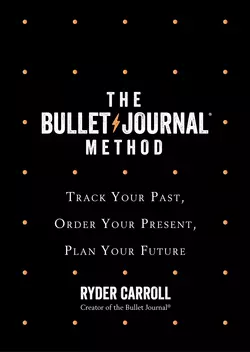The Bullet Journal Method

Ryder Carroll
Тип: электронная книга
Жанр: Саморазвитие, личностный рост
Язык: на английском языке
Стоимость: 1555.94 ₽
Статус: В продаже
Издательство: HarperCollins
Дата публикации: 16.04.2024
Отзывы: Пока нет Добавить отзыв
О книге: THE NEW YORK TIMES BESTSELLER